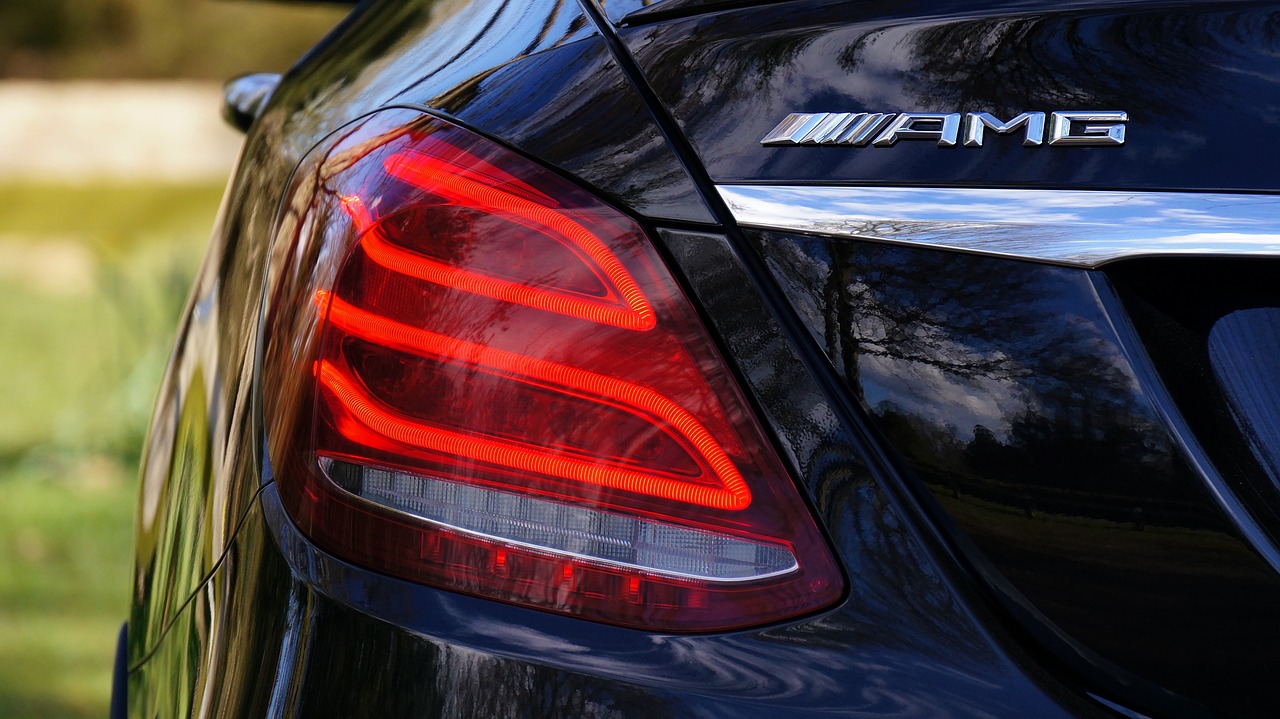The Role of Smart Traffic Systems in Connected Cars
Smart Traffic Systems utilize a network of sensors and cameras to monitor traffic conditions in real-time. These systems are designed to gather data on traffic volume, speed, and congestion to optimize traffic flow. By analyzing this data, Smart Traffic Systems can dynamically adjust traffic signal timings and lane configurations to reduce bottlenecks and improve overall traffic efficiency.
One key benefit of Smart Traffic Systems is their ability to alleviate traffic congestion in urban areas. By detecting traffic patterns and predicting peak times, these systems can proactively make adjustments to keep traffic moving smoothly. Additionally, by incorporating adaptive traffic signals that respond to changes in traffic flow, Smart Traffic Systems help prevent gridlock and reduce travel times for commuters.
Enhancing Safety Features in Connected Cars
Connected cars are revolutionizing road safety with advanced features designed to prevent accidents and protect drivers and passengers. One of the key safety enhancements is the integration of sensors and cameras that continuously monitor the vehicle’s surroundings, alerting drivers to potential dangers such as nearby vehicles, pedestrians, or obstacles. These real-time warnings allow for quicker reactions and help mitigate the risk of collisions, ultimately making the roads safer for everyone.
Moreover, connected cars are equipped with innovative systems like automatic emergency braking and lane departure warnings to assist drivers in critical situations. By automatically applying the brakes or steering the vehicle back into the lane, these technologies provide an additional layer of safety to prevent accidents caused by human error or distractions. With the continuous advancements in connected car safety features, the future of driving is poised to be not only more convenient but also significantly safer.
What are some examples of smart traffic systems that can impact traffic flow?
Examples include traffic signal optimization, real-time traffic monitoring, and vehicle-to-infrastructure communication.
How can connected cars enhance safety features?
Connected cars can utilize real-time data to warn drivers of potential hazards, automatically brake in emergency situations, and communicate with other vehicles to prevent accidents.
Will implementing smart traffic systems and connected cars make roads safer?
While there is no guarantee of complete safety, these technologies have the potential to significantly reduce accidents and improve overall road safety.
How do smart traffic systems communicate with connected cars?
Smart traffic systems can communicate with connected cars through wireless networks, such as dedicated short-range communication (DSRC) or cellular networks.
Are there any privacy concerns with using connected cars and smart traffic systems?
Yes, there are concerns about the collection and sharing of personal data. It is important for manufacturers and government agencies to address these concerns and ensure data protection measures are in place.





